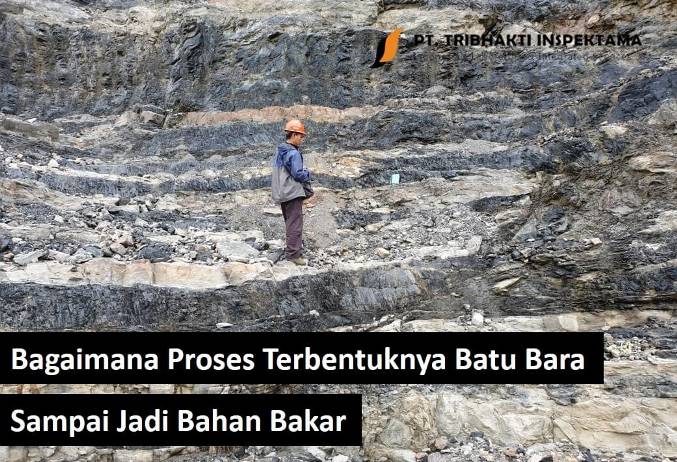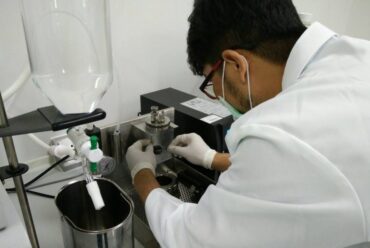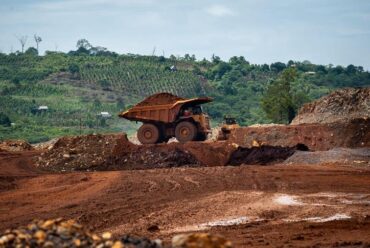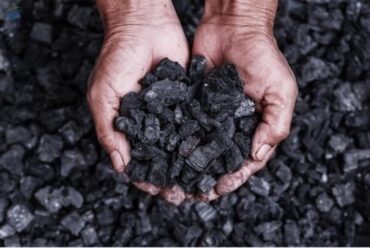Find Out How The Process Of Coal Formation Until It Becomes Fuel
Do you know how the process of coal formation until it becomes a fossil fuel that is useful for humans? See more information, in the following review.
DEFINITION OF COAL
Broadly speaking, coal is a rock resulting from water deposition and hot temperatures or commonly called sedimentary rock. The elements that make up coal include the minerals carbon, hydrogen, oxygen, nitrogen, and sulfur.
ORIGIN OF COAL
Coal is commonly found in forests in various forms. One of the forests where many fossil types of coal are found is the forest area on the islands of Kalimantan and Sumatra.
In addition, in the provinces of West Java, Central Java, Sulawesi, and Papua, sometimes fossils with sulfur compounds are also found. Indonesia entered the table of countries with the largest coal reserves in 2003-2004, because of the large yield of this one object.
There are two theories as to where coal came from: in-situ and drift. The in-situ theory states that coal comes from the plant where the fuel-type item is found.
Plants that have long been dead and decayed are fossilized in forest areas where plants grow, then undergo coalification. The process is like cassava which is intentionally made of tape, which is covered by other things and makes the object hot.
According to the drift theory, plant fossils came from other places and reached the ground with sedimentary elements. After that, the fossils undergo a process of coalification, namely coalification.
The difference between the two theories above is in the quality of these fossil fuels. Experts say that coal formed by drift theory is of poor quality.
That’s because the fossil has been through many places before experiencing sedimentation. Thus, it is possible that the plant remains have been mixed with other substances, either from soil, air, or water.
Read also: Introduced To High Calorie Coal, Rich Of Advantage And Become Demanding
TYPES OF COAL
Judging from how the process of coal formation, this object is divided into five types. Among them: anthracite, bituminous, sub-bituminous, lignite, and gambus.
First, anthracite coal. The characteristics of this high-class coal can be seen from its black color with a metallic luster.
In addition, if research is carried out, it will be found that carbon compounds with levels of 86% to 98% with the element of water in them. In addition, anthracite has very little sulfur and ash content, but quite high heat.
Second, bituminous. Coal with the highest calorific value is mostly mined in Australian forest areas. The characteristics of bituminous coal are glossy black in color. In addition, bituminous is also able to agglomerate many substances cohesively.
Sub-bituminous is coal with more water content than bituminous and anthracite. Therefore, this type of coal is less efficient in distributing heat. The next type of coal is lignite and peat. Both contain the highest water element, which is 35% to 75% even more than that for the type of peat.
Another characteristic of peat coal is its very low calorie content. Meanwhile, the texture of the lignite coal is soft compared to other coals.
COAL FORMATION PROCESS
As mentioned earlier, the origin of coal formation is divided into two. Based on these two theories, the brief process of coalification is divided into two stages. First, the diagenetic stage or also known as the biochemical stage. At this stage, plant material is deposited to form lignite.
Moisture content, biological disturbances, and oxidation describe this form or commonly called the decomposition process. After that, the elements that have been decomposed re-solidify and form peat. Second, the transition stage or referred to as geochemistry. This stage continues how the process of forming lignite type coal to bituminous type and then anthracite.
HOW LONG IS THE COAL FORMATION PROCESS?
After briefly discussing how coal is formed, it is not wrong to know how coal is formed in detail. In this way, the length of the coal formation process can also be described.
This process dates back to the Carboniferous Age, about 340 million years ago. At this time, productive lands were coalification, especially in the northern hemisphere. In addition, in the southern hemisphere, especially Australia, the coalification process occurred about 270 million years ago. Furthermore, this process occurred until the BC or tertiary era.
If ordered about how the process of formation of this coal, it all started when the giant plants in the carbon age fell. Then, the trees pooled at the bottom of the swamp forest. Over time, like other living things, plants undergo decomposition or putrefaction. A thick layer forms on the outside of this part of the plant.
The thick layer was then buried by elements of water, soil, and mud over time. In the end, the plant does not continue the process of decay because of the incoming oxygen.
A few years later, the decay of other plants also occurred in the same place. The plants also undergo a process similar to the first plant called. This causes the bottom layer to continue to be compressed and it is difficult for fresh air to enter.
That way, one by one the plant remains were transformed into rock. The hotter the plant feels, the better the quality of the coal.
Plants that are in the lowest position are called the most qualified because they lack oxygen during the coalification process. In addition, the very high heat also causes coal to be rich in carbon and less hydrogen.
Thus a review of how the process of formation of coal to the origin of coal which is one of the fossil fuels. Hopefully this article with a discussion of how coal is formed on earth is useful.







